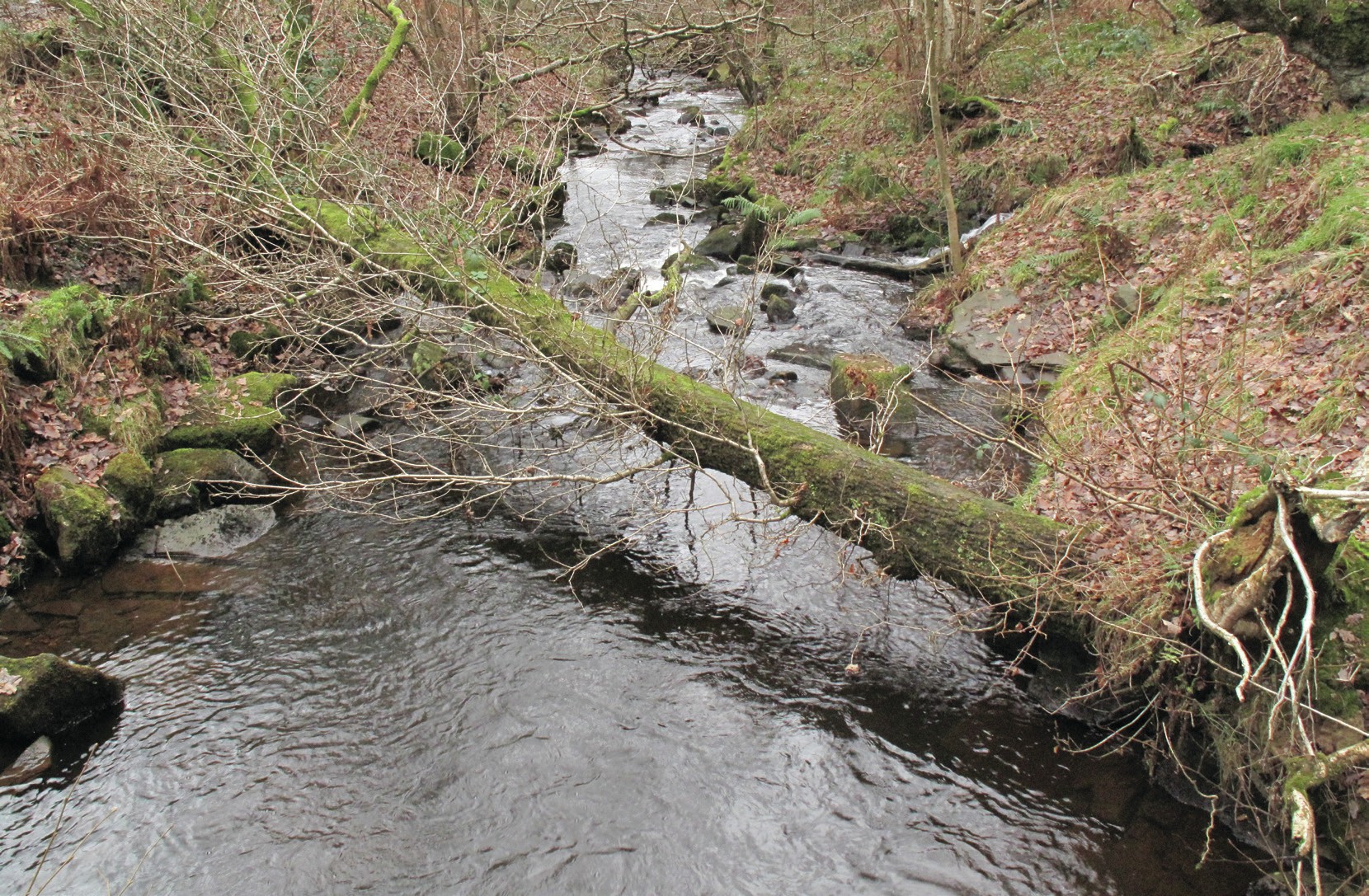
In her article in this issue, Emi Husband (pages 2–5) describes a method for assessing the rugosity or surface roughness of coral reefs. The approach is to drape a chain over the topography along a transect. The measured roughness is the ratio of the chain length to the straight-line length of the transect.
You may not be planning to scuba dive on coral reefs to complete your NEA but the same approach is applicable in other environments. Surface roughness is an important parameter controlling water flow in streams (river f low), on slopes (overland f low) and across beaches (swash and backwash). Higher surface roughness is normally associated with lower-velocity flows. Because roughness inf luences flow velocities it is also important in understanding erosion by f lowing water in a range of environmental systems.
Your organisation does not have access to this article.
Sign up today to give your students the edge they need to achieve their best grades with subject expertise
Subscribe
